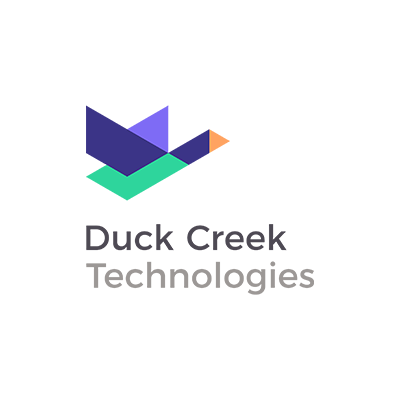“The definition of genius is taking the complex and making it simple.” – Albert Einstein
Many insurers are faced with high costs (including overruns) and long timelines (including delays) to release new or modified products and pricing due to the limitations of legacy systems. Case in point: an insurer I talked to recently wanted to eliminate a single underwriting question from one of their products. Their estimated cost to update screens, forms, and their PAS was ~$1 million, and they were told the project would take three months.
Scenarios like this make many insurers still using legacy systems feel pressured to simplify their products and pricing. Unfortunately, we see some carriers mistaking simplicity for uniformity, offering oversimplified one-size-fits-all products that run contrary to customers’ expectations of tailored solutions for their unique needs. Instead, to achieve speed, agility, and low costs, I recommend a process I like to call Sophisticated Simplification, and a methodology we call a “product factory,” to drive faster and smarter product innovation.
Sophisticated Simplification means giving users the ability to select fit-for-purpose solutions in an intuitive manner, from a sophisticated product portfolio built with a modern core systems platform. The right product portfolio and architecture allows maximum re-use of minimal components with varying granularity, thanks to single-point-of-change attribute inheritance. What this means is that each product feature is specified only once and then propagated throughout all applicable products in a carrier’s portfolio. This approach is what we call a product factory. Product factories enable insurers to innovate new, market-relevant products, reusing common base product definitions across their portfolios, allowing them to offer tailored coverages without creating a massive library of products that are expensive and time-consuming to maintain
For example, taxation and levies would be added at the base level, as they apply to the entire portfolio, and that single change would update every product in the portfolio. On the other hand, a unique price proposition for a specific customer segment, channel, and product would only need to be specified at the individual product level, requiring minimal testing as this change only affects a small part of the portfolio. This “product factory” strategy lets carriers rely on a smaller set of base products, making fast and easy modifications to each to create more specialized versions for specific scenarios.
The benefits of Sophisticated Simplification and the Product Factory approach are many:
- Speed: Price updates within hours; rating factor / product feature updates within days; new products launched within weeks
- Re-use: Decreased product element duplication
- Standardization: Decreased product and feature design time, leveraging proven products and features
- Comprehensiveness: All product information captured, from eligibility, pricing, and packaging to underwriting guidelines and forms
- Rationalization: Overall product quantities decreased
We see many insurers releasing large numbers of products with minor differences for their different channels or white-label partners, such as adding loyalty factors, discount structures, or pricing tables. This is an expensive and time-consuming process that could easily be avoided with Sophisticated Simplification and the Product Factory methodology; changes like these can be applied to hundreds of products simultaneously in as little as a minute with modern core systems – at no additional cost – by leveraging attribute inheritance. The full product development lifecycle (including requirements, testing, and deployment) can take just days if automated testing is used. This principle applies not just to pricing, but also:
- Underwriting logic
- Product eligibility rules
- Bundling and packaging
- Discounting
- Screens (intuitive and dynamic question sets)
- Forms (automatically and dynamically tailored to specific offerings)
It is important to note that this kind of speed and agility can only be achieved if insurers use the right technology, product architecture, product development process, and “product factory” operating model. Sophisticated Simplification is a fundamental principle driving the success of insurers who look to the future and realize that they simply must replace their legacy systems if they want to survive and grow in a P&C world increasingly driven by consumer expectations. It’s no small challenge to make such a dramatic transition, but the carriers that succeed in the future will be the ones that make these investments now.





